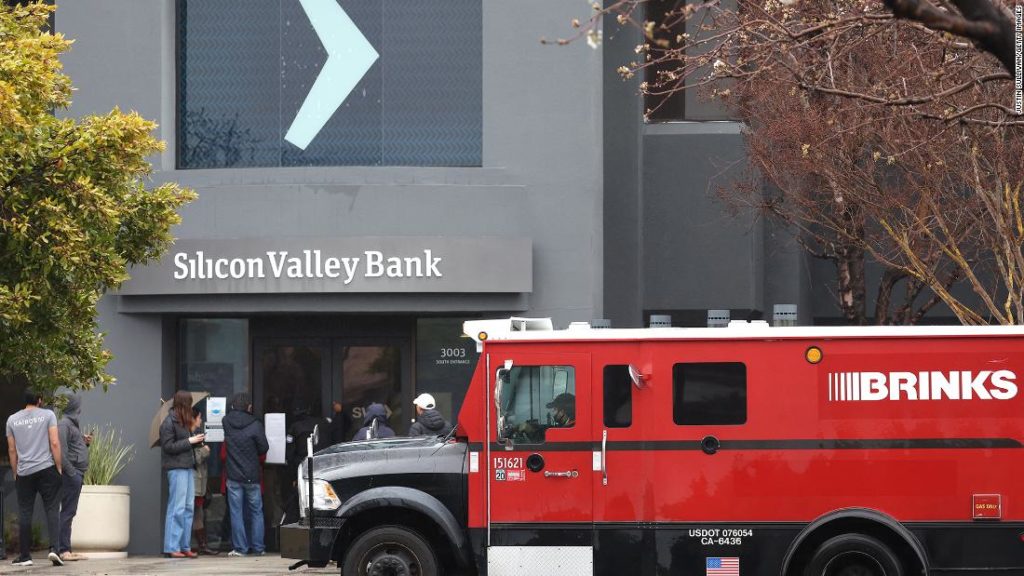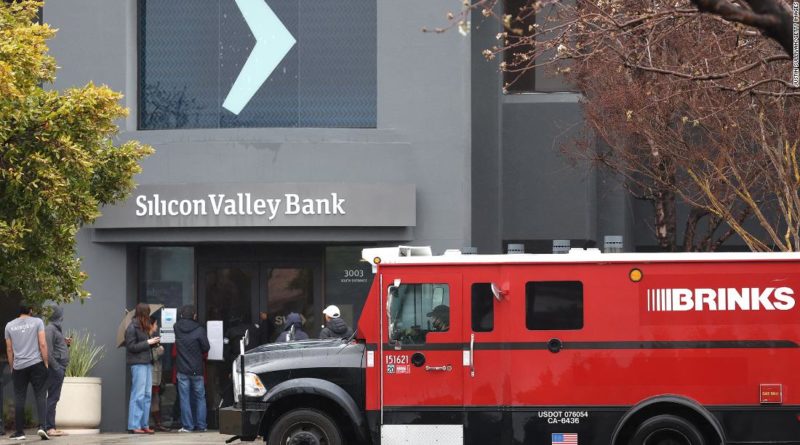Silicon Valley Bank Collapses: Could Mean Big Changes for the Banking Industry
Silicon Valley Bank Collapses: Could Mean Big Changes for the Banking Industry
The Silicon Valley Bank collapsed with astounding speed and seemingly without warning. The bank had been in business for just over a year when it went bankrupt, leaving countless customers and employees stranded.
What caused the Silicon Valley Bank to fail?
The cause of the Silicon Valley Bank’s collapse is still unknown, but it is likely that the bank was not adequately prepared for the rapidly changing financial landscape. The bank was founded just over a year ago and was quickly overwhelmed by the competition.
This is not the first time a new bank has failed in Silicon Valley. In fact, the region has a long history of banking failures.
Who is this Bank?
Silicon Valley Bank is a regional bank that serves the Silicon Valley area. The bank was founded in 1906 and has since grown to be one of the largest banks in the region. Silicon Valley Bank offers a wide range of services, including personal and commercial banking, mortgage lending, and wealth management. The bank has a strong focus on customer service and offers a variety of financial products and services to its customers. Silicon Valley Bank is a member of the FDIC and has an A+ rating from the Better Business Bureau.
The shocking truth behind its collapse!
SVB experienced an unexpected, abrupt collapse after a two day period in which customers withdrew their deposits in what is termed as a “bank run.”
The roots of SVB’s demise can be traced back to the Federal Reserve’s recent tightening of monetary policy. With their aggressive interest rate hikes, investors have had to pay more when borrowing money. This in turn has increased the burden on tech start-ups who struggle to raise new venture capital funding, and as a result are relying more heavily on deposits held by SVB. These economic factors coupled with rising rates causing a decrease in bond portfolio yields—which were averaging 1.79% last week compared to the 10-year Treasury yield of around 3.9%, according to Reuters—contributed significantly towards the closure of this well-known business.
Several years ago, SVB decided to allocate billions of dollars into US government bonds in an attempt to make money from the near-zero interest rate environment. However, when the Federal Reserve raised rates aggressively in order to tame inflation, this bet backfired. As a result, the value of their bond portfolio dropped and the yield fell below the 10-year Treasury yield. Further compounding the damage done was that startups had to pay higher borrowing costs, resulting in them drawing down on deposits held with SVB for funding operations and growth.
The final trigger for bank customers
SVB’s financial issues stem from prior investments, leading to a deposit run when they announced they were selling securities at a loss, and also issuing $2.25 billion in new shares. This was necessary to make up for the shortfall in their finances.
That sentiment set off panic among customers, who decided remove their money very quickly.
Will this the start of the 2023 bank crisis?
There is a lot of talk about the possibility of a bank crisis in the near future. This is because the world economy is slowly recovering from covid-19, but there are still a lot of issues that need to be addressed. One issue that is causing a lot of concern is the fact that there are a lot of loans that are not being repaid. This is causing a lot of banks to go into debt, and this is leading to a lot of problems.
If the bank crisis in the 2023 does happen, it will be a huge problem. This is because a lot of people will lose a lot of money, and the world economy will be slowed down even more.
In support of U.S. businesses and households, the Federal Reserve Board announced Sunday it will make additional funds available to eligible depository institutions. This is part of an effort to further secure deposits and maintain the reliability of banking systems in providing money and credit to consumers. The goal is to give banks the flexibility they need in servicing their customers’ monetary needs.
Von Keller Blog is an informational website with public news, company insights and reports of our companies events, news, press and blogging. Let’s Chat.

- Global Pet Adoption by North Shore Animal League - May 1, 2023
- JP Morgan is the Superhero of the Banking Crisis - May 1, 2023
- Data from satellites Deforestation in Brazil’s Amazon has decreased since last year. - March 16, 2023

